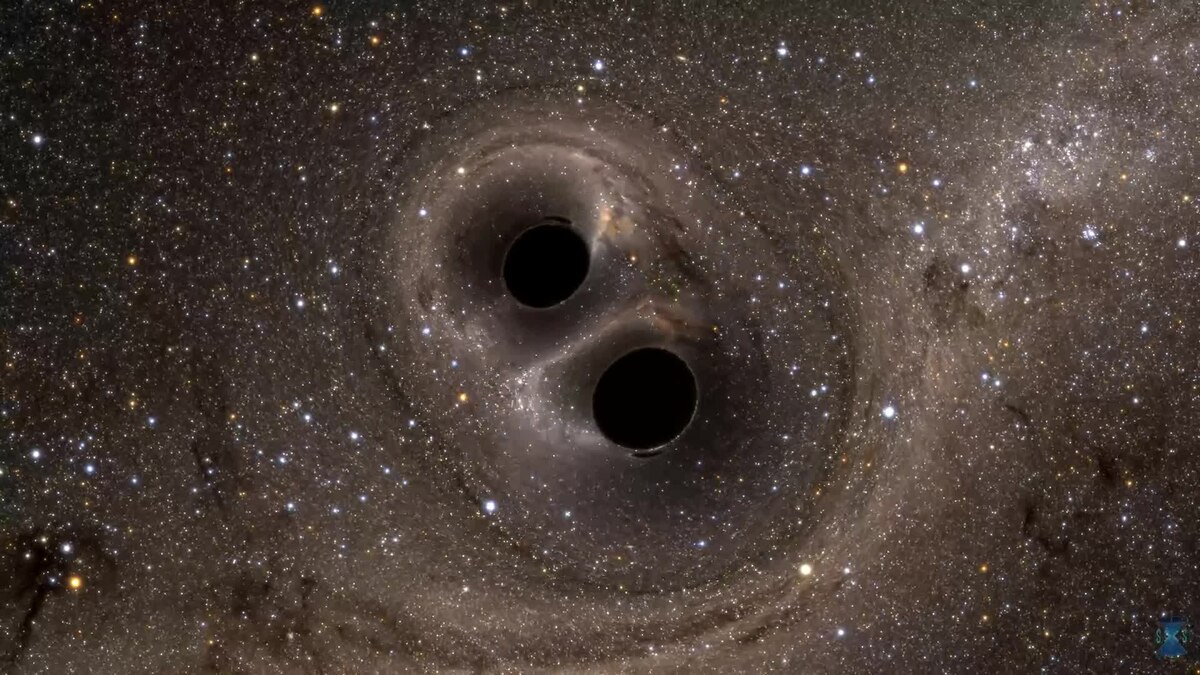"Astronomers spot never-before-seen gravitational wave source from binary white dwarf stars"
Actually the title is completely accurate, and very interesting. Few (if any) with significant knowledge of gravitational waves (GWs) would find this article to be click bait. Most would find it to be very interesting. If it is bait, it is fishing for some major data!
The title clearly states that the binary is a "source", but does not indicate that the system produces currently detectable GWs, which is also clearly noted in the article. All astronomical systems with mass produce GWs. According to the link below, our solar system puts out 5000 watts in GWs, trace levels to be sure. Nothing in the title suggests they have measured waves from these dwarfs, merely that they are a "source" (which they certainly are!).
I was in fact surprised to see that such small orbiting objects would produce detectable GWs. Then realized that they could not be observed using LIGO. My reading in the past is that GWs have only been seen in mergers of large black holes and neutron stars, where massive objects rapidly accelerate at the moment of merging to create powerful GWs. Our observations of GWs from these events is limited to the low sensitivity of the LIGO instruments, and distance and masses to the merging objects.
In order for the white dwarf star binary to be emitting significant, detectable levels of GWs, the orbit must be decaying (as noted) and therefore the dwarf stars are accelerating more and more rapidly, thereby generating ever stronger GWs. The point of the article is the binary may be a source for GWs that more advanced instruments could detect and measure, without requiring a merger. Such a quasi-stable GW source is likely to be of significant observational value. But you need to find such a binary first, and now they have. Nothing in the title suggests they detected GWs, only that the dwarfs' would be a source for future study (with more sensitive instruments like LISA).
There is another binary, a neutron binary, which actually was the first to demonstrate, although less directly than LIGO, GWs from two orbiting neutron stars. At least the Nobel Committee was impressed by this discovery (whatever that is worth):

en.wikipedia.org
The present observation makes the discovery (or title) of two close and rapidly orbiting dwarf stars significantly more than click bait.





